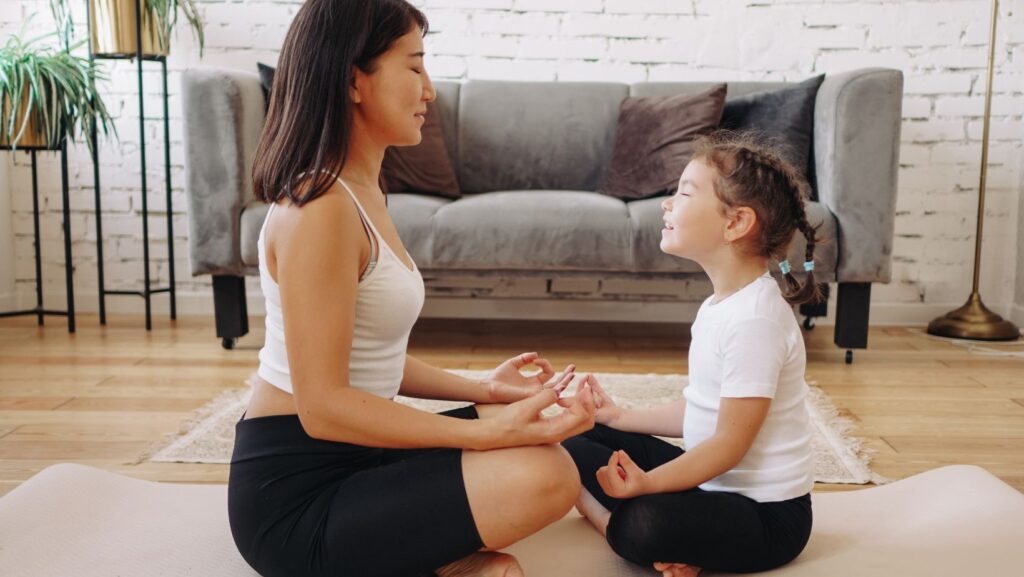Breathing is something we all do, often without giving it much thought. Yet, how you breathe can significantly impact your overall health and well-being. This guide aims to unravel the mysteries of breathing patterns and provide you with practical tips to improve them. If you’re striving for better health, increased energy, or enhanced mental clarity, this article will show you how adjusting your breathing can make a world of difference.
The Importance of Proper Breathing
Proper breathing is vital for maintaining good health. It ensures that your body gets the oxygen it needs to function properly while also aiding in the removal of carbon dioxide, a waste product. When you breathe effectively, you enhance your body’s ability to perform everyday tasks, from physical activities to cognitive functions. Poor breathing habits, on the other hand, can lead to a host of issues, including fatigue, stress, and even chronic health conditions. By understanding the mechanics of breathing and developing better habits, you can improve your health and quality of life.
Mouth vs. Nose Breathing
One of the fundamental aspects of breathing is whether you do so through your mouth or your nose. Nose breathing is the body’s natural way of taking in air, and it offers several advantages over mouth breathing. The nose acts as a filter, trapping dust, pollen, and other particles while also humidifying and warming the air before it reaches your lungs. This process helps to protect your respiratory system and ensures that the air you breathe is clean and at the right temperature. Mouth breathing, however, bypasses these natural filters and can lead to dry mouth, sore throat, and an increased risk of respiratory infections.

When it comes to Mouth vs Nose Breather, it’s clear that nose breathing is the way to go for optimal health. The reason why many people resort to mouth breathing is often due to a blockage in the nasal passages. If you experience chronic congestion or allergies, speak with your doctor about potential remedies.
Recognizing Poor Breathing Patterns
Recognizing poor breathing patterns is the first step toward improvement. Common signs of poor breathing include shallow breaths, frequent yawning, and a feeling of breathlessness even when not exerting yourself. Many people develop poor breathing habits due to stress, poor posture, or lack of awareness. When you’re stressed, for example, your body goes into “fight or flight” mode, which can lead to rapid, shallow breathing. Over time, this can become a habit, even when you’re not stressed. Poor posture, particularly slouching, can also compress your chest and make it harder to take deep, full breaths.
To identify your breathing patterns, take a moment to observe how you breathe in different situations. Are you breathing through your nose or mouth? Are your breaths deep or shallow? Do you feel like you’re getting enough air? Being mindful of your breathing can help you spot areas for improvement. You might also consider keeping a journal to track your observations and any changes you make.
Techniques for Healthier Breathing
There are several techniques you can use to promote healthier breathing patterns. One of the simplest and most effective is diaphragmatic breathing, also known as belly breathing. This involves breathing deeply into your diaphragm rather than your chest. To practice this technique, lie on your back with your knees bent and place one hand on your chest and the other on your abdomen. Take a deep breath through your nose, allowing your abdomen to rise while keeping your chest relatively still. Exhale slowly through your mouth. This type of breathing can help to reduce stress, improve oxygen exchange, and promote relaxation.
Another technique is pursed-lip breathing, which can be particularly helpful for people with respiratory conditions such as asthma or chronic obstructive pulmonary disease (COPD). To practice pursed-lip breathing, inhale slowly through your nose and then exhale through pursed lips as if you were whistling. This helps to slow down your breathing and keep your airways open for longer, allowing for better oxygen exchange.
The Role of Exercise and Posture
Exercise and posture play crucial roles in maintaining healthy breathing patterns. Regular physical activity can improve lung capacity and efficiency, making it easier to take deep, full breaths. Activities such as yoga and tai chi are particularly beneficial, as they combine movement with breath control and mindfulness. These practices can help to strengthen your respiratory muscles, enhance your awareness of your breathing patterns, and promote relaxation.

Good posture is also essential for healthy breathing. When you stand or sit with good posture, you allow your lungs to expand fully, which makes it easier to take deep breaths. Slouching, on the other hand, compresses your chest and makes it harder to breathe effectively. To improve your posture, focus on sitting and standing tall with your shoulders back and your chest open. Avoid hunching over your desk or looking down at your phone for long periods.
Integrating Mindfulness and Relaxation
Mindfulness and relaxation techniques can further enhance your breathing patterns. Mindfulness involves paying attention to your breath and being aware of how you breathe in different situations. This can help you to identify and correct poor breathing habits. Meditation is a powerful tool for promoting mindfulness and relaxation. By focusing on your breath and letting go of distracting thoughts, you can reduce stress and improve your breathing patterns.
Progressive muscle relaxation is another technique that can help to improve your breathing. This involves tensing and then relaxing different muscle groups in your body, starting from your toes and working up to your head. By focusing on the sensation of relaxation, you can release tension and promote deeper, more effective breathing. Incorporating these techniques into your daily routine can help you develop healthier breathing habits and improve your overall well-being.
Understanding and improving your breathing patterns can have a profound impact on your health and well-being. By focusing on nose breathing, recognizing poor habits, and practicing techniques such as diaphragmatic and pursed-lip breathing, you can enhance your respiratory efficiency. Combined with regular exercise, good posture, and mindfulness practices, these strategies can help you to breathe better and live better. Start today by observing your breath and making small changes to promote healthier breathing. Your body and mind will thank you for it.



